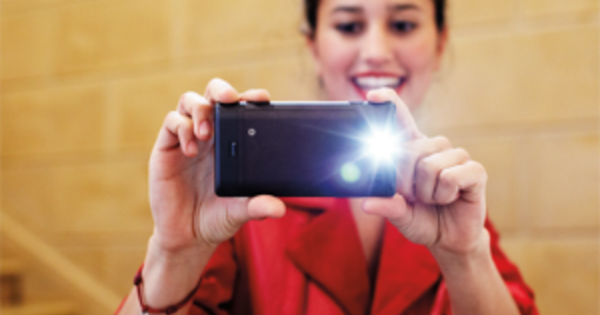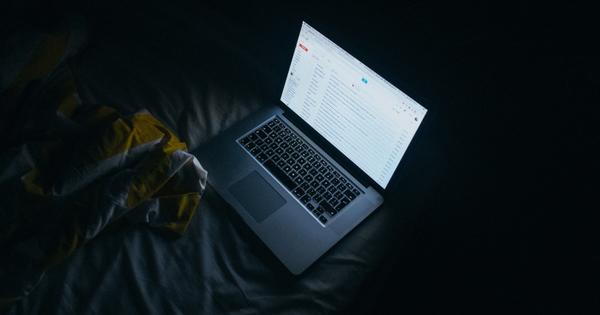Lomography is a concept that you have probably heard before. Take dreamy photos with a cheap and technically limited lomo camera or use your computer to achieve the same effect. In this article we explain what Lomography is, how to take such photos yourself and how to edit photos to give them that very special atmosphere.
Tip 01: Lomography
Lomography is based on an old Russian camera, the Lomo LC-A. This 1984 camera was widely used by a number of Austrian art students in the 1990s. The students discovered that you could take interesting shots with the technically limited camera. The photos you take with an LC-A are often overexposed, characterized by high contrast and sometimes downright blurry, but they always have a romantic and dreamy character. Compare it a bit with the quality of an old Polaroid camera. An Austrian camera manufacturer registered the name lomography and started the new camera revolution as Lomographische AG. Today, the company not only sells cameras and the accompanying rolls of film, but also operates the successful website www.lomography.com. If you want to start with Lomography, this website is the best starting point. Lomography.com is packed with tips and information about Lomography. Shooting with a lomo camera is not about taking the best pictures, but more about capturing a certain moment or certain atmosphere as tasty as possible. Lomography is also associated with the Instagram look: dark edges, a soft focus and a grainy quality.
 Lomography.com is full of tips, competitions and background information about Lomography
Lomography.com is full of tips, competitions and background information about Lomography Tip 02: Cameras
You can occasionally find an old Lomo LC-A on eBay or Marktplaats. You can get the camera for about fifty to sixty euros. Lomographische AG has new LC-As in its range, but you pay 399 euros for this. A cheaper option is the popular Diana F+. You can order this camera for barely 40 euros in various web shops. The design of the plastic camera is very retro. The large flash can be removed if you want to take pictures during the day. Another popular model is the Lomo'Instant. With this camera you take pictures that are immediately developed and come out of the camera (the old Polaroid idea). You will find many more models in the webshop: the ONDU 135 for taking separate pinhole photos, cameras with fisheye lenses such as the Fisheye One Nautic and the Lomokino and a camera with which you can make short analog films of 144 frames. If you like tinkering, you can also buy the Konstruktor for 39 euros. In the box you will find a package with separate parts that you can put together without the help of glue or difficult interventions. You can brighten up your device with the included stickers.

Instax
Another popular analog camera is the Instax. This instant camera from Fujifilm develops your photo instantly. You leave the photo for half a minute and slowly the print appears on the paper. For an Instax camera, you need special film paper that you buy in packs of ten.

Tip 03: Film rolls
You need film rolls to take analog photos. The original LC-A used 35mm film, for the modern LC-A and the Diana F+ you need 120 film. However, the LC-A+ uses 35mm film. You can order film rolls via the webshop, but you can of course also buy them in any photo specialty store. There are rolls available that are specially made for Lomo cameras. For example, the Revelog 24EXP Tesla ensures that random blue and white spots appear on your photo. You can buy black and white rolls, rolls that add a certain texture to your photos and rolls that intensify colors or reduce contrast. What kind of film suits you is very personal. So it's a matter of experimentation! Each camera, in combination with a certain roll, also produces completely different results.

Developing film
Because you work with analog films, you have to have your photos developed. This is not a problem: most photo shops still have a development service. That is, if you use color 35mm or 135mm film negatives. For 120 rolls or black and white rolls you have to look for a specialist store.

Tip 04: Accessories
Accessories are available for each lomo camera to take even more interesting photos. You can order special add-on lenses or influence the light temperature with a colored flash. Lomographische AG also sells special kits for various cameras. For example, you have the Diana Deluxe Kit for two hundred euros. In addition to the camera and the flash, you will also receive a hot-shoe adapter. This is an adapter that you can click on the top of your camera to use other accessories. You will find several lenses in the kit and you get the Diana Splitzer, an attachment that allows you to combine two photos into one photo by means of double exposure. More on this later.

Smartphone
If you don't have a lomo camera, you can get similar results with different apps. Your smartphone's camera app will most likely have some filters that have a lomo feel to them. Of course, this is just a filter: the photo doesn't get grainier, and most filters don't darken the corners like a Lomo camera. Some nice apps that have lomo filters on board are Hipstamatic, Reflex, Delight and Fisheye.
 Typical lomo: combining two shots for a special effect
Typical lomo: combining two shots for a special effect

